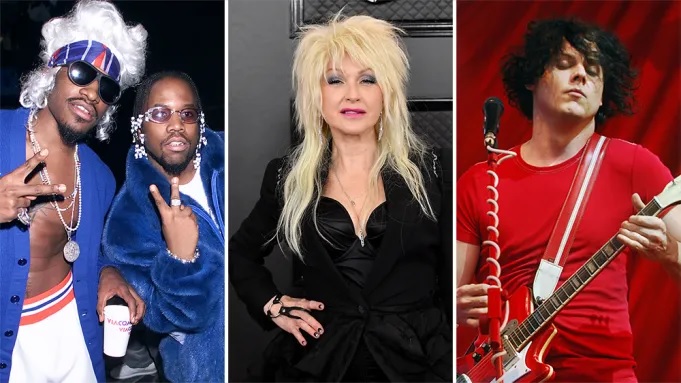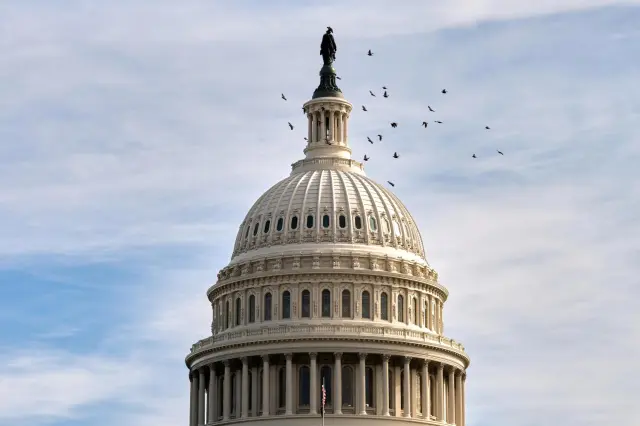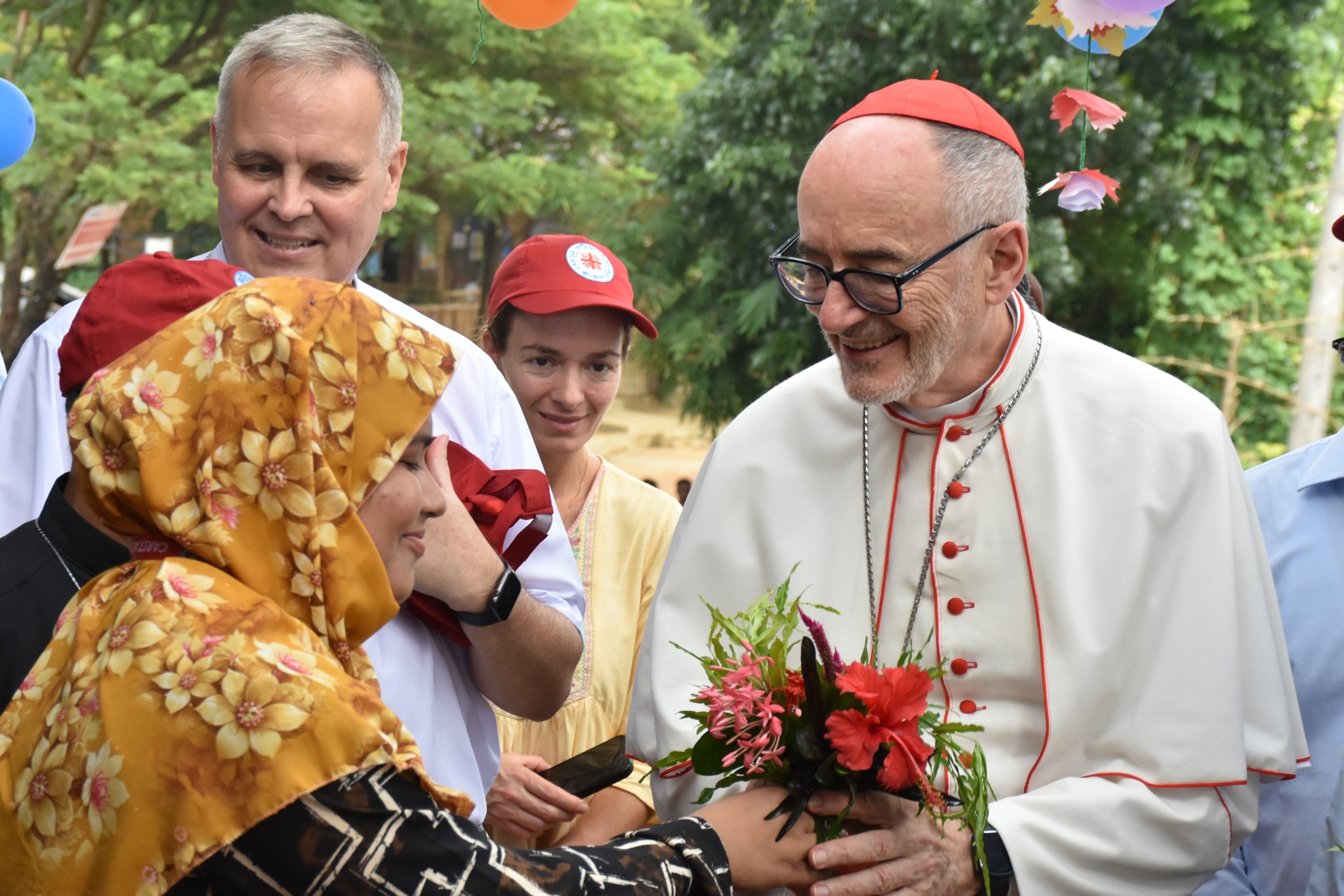LISA Teases New Single “So Kiss Me” Following the Release of “New Woman”

BLACKPINK’s Lisa is keeping fans on the edge of their seats with her latest teaser for the upcoming single, “So Kiss Me.” Following the recent success of her hit track “New Woman,” Lisa is already gearing up for her next release, and fans can’t get enough of the excitement.
In a teaser video posted on YouTube Shorts, Lisa is seen wearing a striking red tank top, adding a fiery vibe to the anticipation. The short clip has sparked a frenzy of speculation, with some fans guessing that the song may sample or pay homage to the iconic “Kiss Me” by Sixpence None the Richer, a nostalgic 90s track that still resonates with audiences today.

One fan commented, “Seems like a late entry for a summery song, and kind of sounds like it’ll sample Kiss Me by Sixpence None the Richer. I could be completely wrong though, excited nonetheless!” Another chimed in, “1000% it does, it’s gotta be an homage if not a proper sample! What a solid throwback.”
With Lisa teasing what could be a retro-inspired banger, fans are eager for more information about when the full song will drop. Some are even speculating whether the single will be part of a larger project, possibly hinting at an album release in the near future.

As fans eagerly await the full release of “So Kiss Me,” Lisa’s ability to keep her audience captivated with sneak peeks and teasers remains unmatched. If “New Woman” is any indication, her next track is sure to dominate the charts and continue to establish her as a force in the music industry.
Stay tuned as Lisa prepares to reveal more details, and don’t forget to check out the teaser on YouTube Shorts!
Teaser here:
https://www.youtube.com/shorts/MzdtH13jhGM





















